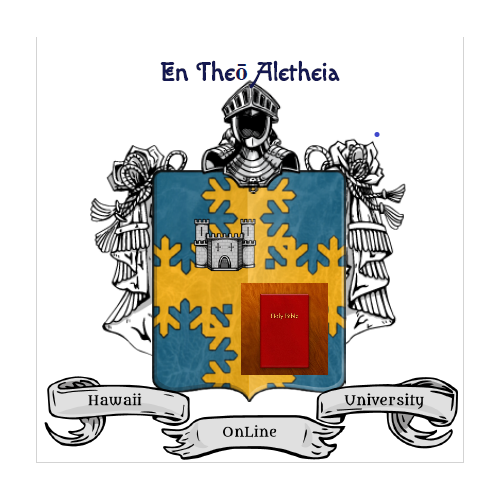“There’s a learning curve for the technology itself, and there’s a learning curve with interpreting the technology. ”
Many impatient and or unsympathetic providers can become easily frustrated with his or her OCT image taking technician. It is usually a sign of misunderstanding and or lack or patience.
Every provider must understand the limitation of OCT technology. Here are some that we have noticed during our practice:
Working With Limitations
“As with all developing technologies, the OCT does have limitations.”
“You can’t create clarity where there is none. “One of the most important things to remember about OCT is that it’s similar to fundus imaging in that it’s optical. If you can’t see well with an ophthalmoscope or a fundus photograph, you may or may not get a good OCT image. There are times when the information you obtain from an OCT may be very faint. So it may be a ‘yes’ or ‘no’ answer that you’re looking for rather than a degree. For example, is there swelling or is there no swelling?” explained Mr. Saine. “
Eyes must be still. “Eye movement artifacts are one of the biggest issues with OCT,” said Mr. Saine. He illustrated this point by comparing OCT with fundus photography: “Fundus photography uses a flash so all of the motion of the patient’s eye stops when the image is taken. The difficult part for the patient is that the flash is bright. On the other hand, OCT takes about a second to record the information because it uses a scanning line that crosses the retina. While it is more comfortable for the patient, the patient has to remain motionless for a longer interval of time.”
Working with nystagmus. Although a patient may be able to remain still for the required period in most cases, challenges may arise when acquiring images from patients with nystagmus. To counter this problem Mr. Saine suggested timing the acquisition to a null point in the nystagmus. “In other words, if the nystagmus moves from side to side, you should position the acquisition to occur at the edge of the nystagmus, when the patient’s eyes are situated toward one direction or the other. Acquire the image when the eyes are most still for the longest increment of time.” He warned, however, that this could “present problems with where you are imaging with OCT. You may have to use techniques like physically turning the patient in a particular direction or other appropriate measures to aim the instrument in the right place.”
Comparing old images to new. Another limitation to current OCT technology is that “the software doesn’t allow us to simultaneously view the acquired images from previous examinations with the current image on the screen,” said Dr. Colucciello. So, rather than being able to visualize changes in their disease progression, patients must retain a mental image when making the comparison between past and current images.
In order to emphasize the difficulty that may appears at time with any patient we reiterate that :
You can’t create clarity where there is none. “One of the most important things to remember about OCT is that it’s similar to fundus imaging in that it’s optical. If you can’t see well with an ophthalmoscope or a fundus photograph, you may or may not get a good OCT image. There are times when the information you obtain from an OCT may be very faint. So it may be a ‘yes’ or ‘no’ answer that you’re looking for rather than a degree. For example, is there swelling or is there no swelling?” explained Mr. Saine.
Reference:
https://www.aao.org/eyenet/article/oct-getting-best-images
Article originally Written By: Leslie Burling-Phillips, Contributing Writer


